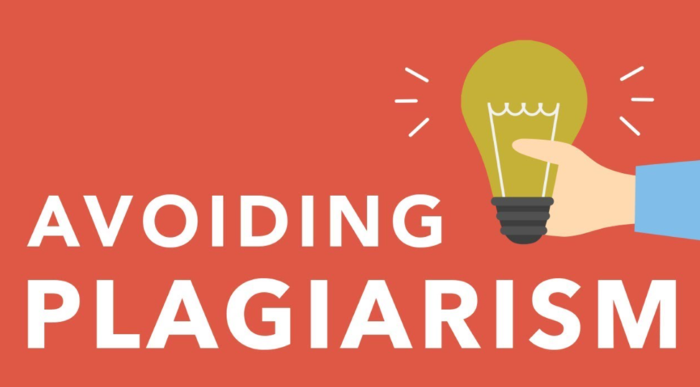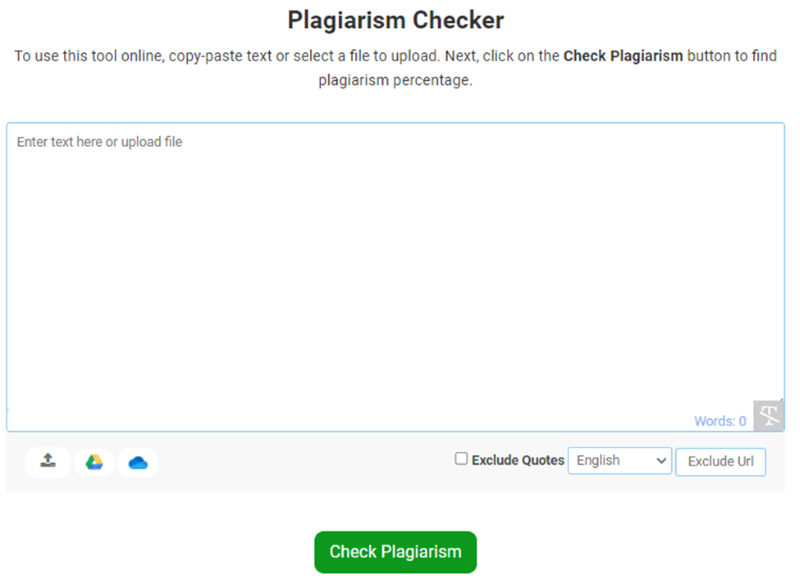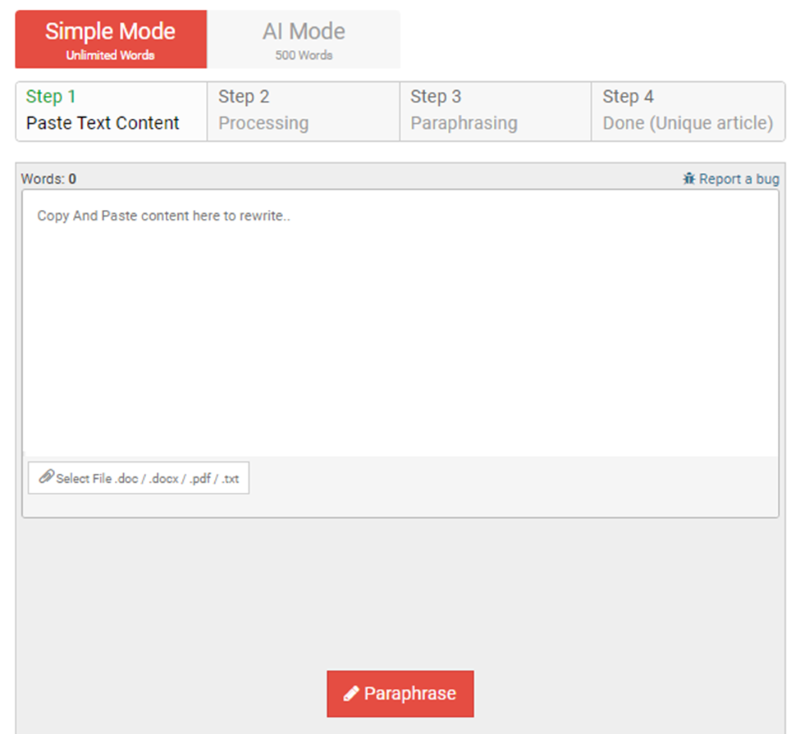The simplest and easiest concept is that a content published more than one time on the internet is termed plagiarized content. If you are copying even a single sentence from the internet, it will be declared as plagiarized content and need to be avoided.
When we talk about the ranking of a website, many basic building blocks play vital roles, with their uniqueness being one of them.
Sometimes, being unique can be difficult, and that’s why Google allows you to have some percentage of contented copied.
But, having more than this percentage can be harmful and disliked by SERPs.
Still, avoiding plagiarism is not that difficult; all you need is to focus and follow some steps that can be helpful regarding this issue.
 Should we care about plagiarism?
Should we care about plagiarism?
As we mentioned above, having plagiarism is disliked by SERPs, and as such, we need to avoid it.
Stealing something is very disgraceful, no matter if it is done in the real world, or if you are stealing something in the internet world. The most important thing is your reputation, and we are putting our reputation at risk by using plagiarized content.
And the second most important thing is our audience; we must lose our audience by providing them copied information. Do you like to read copied words? Absolutely not; so, how can your audience like this?
It is clear that being unique is very important, and you need to make your content plagiarism-free. But the question is, how can we do it?
How to avoid plagiarism?
There are many ways to avoid plagiarism, and these steps are needed when you cannot write your own words.
It is not wrong to say that writing your own words can be impossible sometimes, but it also doesn’t mean that you should simply copy something as it is from the internet.
You need to follow some steps that’ll help you in making your content unique and informative as well.
Let’s have a look at these steps.
1. Present your own words
The basic and the essential thing that can decline plagiarism from your content is, presenting your own words. As mentioned above, sometimes it is not possible to use your own words, but we still have a solution.
You can indeed search for things from the internet, and you can write these things in your own words, and in this way, you’ll undoubtedly be free from the charge of plagiarism.
Some topics need no research, and there is no chance of plagiarism in this type of content. But the question is, how can we check plagiarism in content? There is one word that is plagiarism checker.
Plagiarism checker is specified to check the percentage of plagiarized and unique text in the content.

2. Keep track of the sources
Search engines encourage the content in which proper references are given, which is also liked by the audience.
If we are going to copy even a single line, we are restricted to providing a proper reference, which is only possible when we keep tracking the sources.
There are many ways to give references, but the most significant way is to add a reference page at the end of the content.
It can improve your credibility, and it is also beneficial in gaining your audience’s trust, and that’s something significant.
3. Paraphrase the content
If you are not a writer and need to add some unique and informative article on your blogging site, you can paraphrase the content.
Paraphrasing is very easy, and we can say that it is just a copy-paste game. Paraphrasing replaces the words with their synonyms, but sometimes, we can get some difficult synonyms that are not readable and easily understandable. But, how can we paraphrase content?
It can be challenging to paraphrase content manually, so we need to use some tools named paraphrasing tool. These tools are readily available on the internet, and most of them are free.

4. Use Quotation Marks
Quotation Marks help us get free from charge of using plagiarized content, but the condition is that it can be used correctly. Plagiarism checkers will not declare content as plagiarized if we use quotation marks properly, which is very important.
Quotations are needed when you are going to copy something from the internet, but sometimes, we need to mention some famous saying, and for that, we need quotes as well.
The second good thing about using quotations marks is that your audience will love this, and you can quickly get your reader’s interest and trust.
And keep one thing in mind that by giving credits, not only are you promoting someone else, but you’re also improving your credibility and worth.
5. Cite the sources
Citations are mostly recommended when you write assignments or any type of document related to your education or academic tasks.
More than one type of citation can be used in content to make it unique and plagiarism-free.
In-text citations are mainly used especially in writing assignments, and it is also termed as Harvard style references.
Adding a reference page is also considered to cite the sources, and both approaches are good enough to gain trust and free yourself from plagiarism.
6. Use a Plagiarism Checker
Plagiarism checkers are only helpful in checking the percentage of plagiarism in content, but it is pretty clear that we cannot remove plagiarism without using a plagiarism checker.
Once you know about the plagiarized text in your content, you can easily remove or change it by yourself.
But if you don’t even know about the plagiarized content, how can you remove it? That’s why we claimed that plagiarism checkers are very important.
CONCLUSION
Many things can de-rank your blogging site, and plagiarism is the most significant and common thing.
As mentioned above, we need to be concerned about our ranking at first and we need to follow every step mentioned above.
And the only way to maintain your website’s Google ranking is to avoid the things that can de-rank a website.





